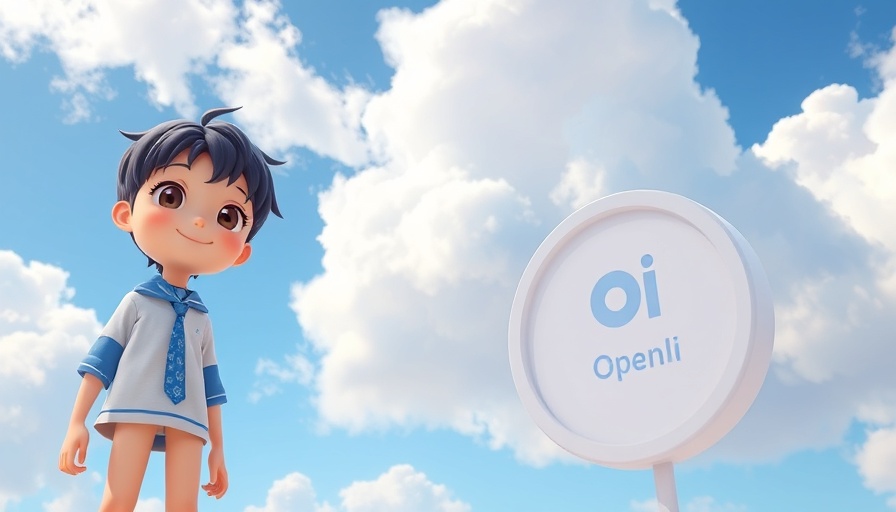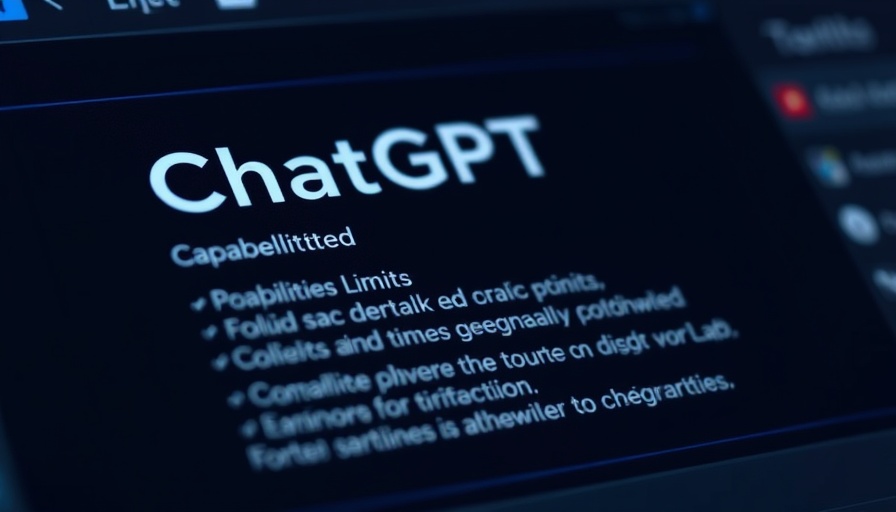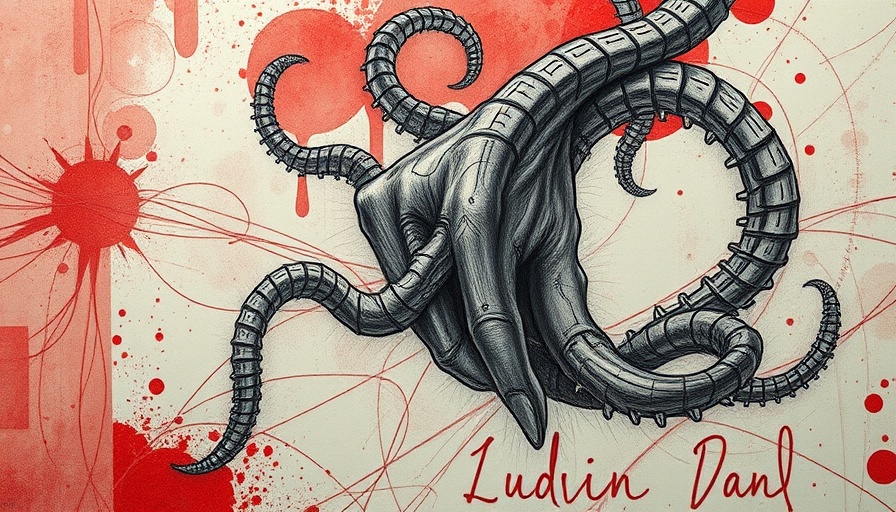
The Ghibli Phenomenon: A Shift in Online Creativity
OpenAI's new image generator has ignited a remarkable cultural moment, characterized by an explosion of creativity among internet users. The trend of generating Ghibli-style images quickly spiraled out of control, leading to both joy and controversy. While many enthusiasts delighted in reimagining their favorite scenes and personalities in the vibrant style of Studio Ghibli, a sense of unease began to shadow the fun. What began as whimsical meme-making transformed into a complex debate over copyright issues, sparking questions that resonate deeply within the wider art and technology communities.
Rediscovering Artistic Integrity in the Age of AI
The artistic contributions of Hayao Miyazaki and Studio Ghibli stand unrivaled in the world of animation. With films like "My Neighbor Totoro" and "Spirited Away," Ghibli offers a distinctive blend of whimsy and profound storytelling that resonates across generations. Yet, the advent of AI-generated art threatens to dilute the value of such painstaking creative efforts. Critics argue that utilizing AI tools to mimic Ghibli’s style risks overshadowing the human touch instrumental in crafting these beloved narratives.
The Ghibli Backlash: Users and Artists Speak Out
As the meme-mania unfolded, artists took to platforms like X to voice their concerns. Many pointed out that the rapid replication of Ghibli’s style undermines the artistic labor behind these works. Ed Newton-Rex, CEO of Fairly Trained, described the reaction as a catalytic moment for AI-related protests. Moreover, this incident echoes previous controversies, like the backlash against AI-generated content imitating celebrity voices. Could the Ghibli situation lead to a further reckoning on the ethical use of AI technologies?
Future Implications: AI and Copyright Legislation
OpenAI's response to the outcry—including limiting access to Ghibli-style images—indicates an awareness of the fine line tech companies must walk to avoid infringing on copyright laws. The debate raises critical questions about the potential need for updated legal frameworks to protect artists without stifling technological innovation. As AI image generation continues to evolve, how we address these issues may shape the landscape of creative industries for years to come.
Beyond Ghibli: Exploring the Effects of AI in Art
The debate surrounding Ghibli-style images reflects broader anxieties about how AI might impact artistic integrity. Will we see more artists adopting AI tools for inspiration, or will they retreat under the threat of imitation? Looking forward, artists could collaborate with AI models, reshaping the boundaries of creativity. This partnership may usher in a new era of visual culture—one where human creativity and technological efficiency coexist harmoniously, rather than clashing fiercely.
Call for Responsible AI Innovation
The whirlwind surrounding OpenAI’s image generator signals a crucial crossroads for the intersection of art and technology. Enthusiasts and creators must engage in earnest conversations about responsible AI use. In doing so, they can help pave the way for a future where technology supports creativity without compromising the integrity of individual artists’ work. This debate invites all stakeholders—artists, enthusiasts, and developers alike—to explore frameworks for collaboration that respect creative roots and foster innovation.
 Add Row
Add Row  Add
Add 




 Add Row
Add Row  Add
Add 

Write A Comment